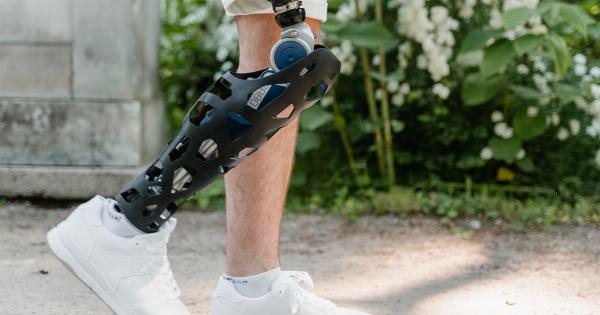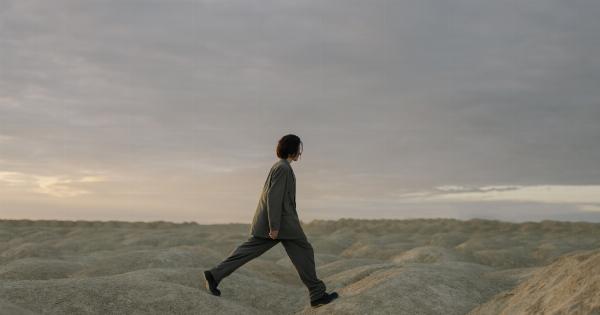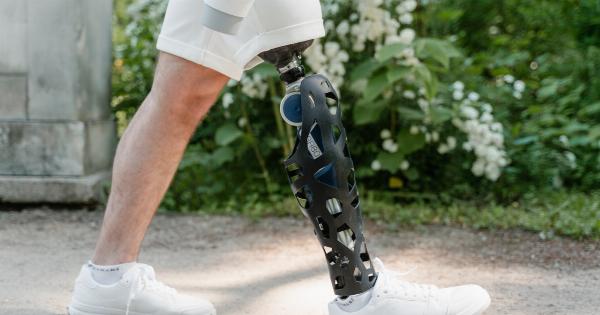Knee osteoarthritis is a common condition that can cause pain, stiffness, and limited mobility in knee joints.
While age, gender, and obesity are known risk factors for this condition, research has also found that some occupations may increase the risk of knee osteoarthritis. In this article, we will discuss some of the occupations that have been linked to higher risk, and explore why they may be putting workers at increased risk.
1. Construction Workers
Construction workers often engage in physically demanding work that requires repeated bending, squatting, and lifting heavy materials, which can put a significant amount of stress on their knees.
This type of work also involves exposure to uneven or unstable surfaces, and can involve fall hazards. Moreover, construction workers often work in awkward positions, which can contribute to cartilage wear and tear.
2. Athletes and Sports Players
Athletes and sports players are also at increased risk of knee osteoarthritis, particularly if they engage in sports that involve twisting, jumping, or sudden stops & starts.
These movements can cause cartilage damage, which can lead to osteoarthritis. Professional athletes may be especially at risk due to the higher intensity and frequency of training and game play.
3. Nursing and Caregiving
Nursing and caregiving work commonly involve long hours of standing and walking, which can put a significant amount of pressure on knee joints. This can cause inflammation, joint pain, and wear and tear on cartilage.
Moreover, frequent lifting, transferring, or turning of patients can put significant stress on the knees, particularly in the case of larger or bariatric patients.
4. Mining and Heavy Machinery Operators
Workers in mining, and operators of heavy machinery, may experience knee osteoarthritis due to frequent exposure to jarring vibrations, particularly in their lower extremities.
These types of work can cause knee cartilage damage, and research has highlighted the association between knee osteoarthritis and heavy occupational vibration exposure.
5. Office Workers
While office work may not involve the same level of physical activity as other occupations, it can still contribute to an increased risk of knee osteoarthritis.
Sitting for long periods of time can cause stiffness in knee joints, and a sedentary lifestyle can increase the risk of obesity, which in turn is a known risk factor for osteoarthritis.
6. Farming and Agricultural Work
Farming and agricultural work often involves frequent kneeling, carrying heavy loads, and tasks that require repetitive motions such as weeding or harvesting.
These types of activities can cause wear and tear on the knees, and contribute to the development and progression of knee osteoarthritis.
7. Textile and Carpet Workers
Textile and carpet workers are often required to spend long hours in a kneeling position, which can put significant pressure on knees.
This type of work can also require repetitive knee motions such as crawling, stooping, and frequent restarting of the machines. Moreover, textile workers may be exposed to chemicals that can damage cartilage.
8. Mechanics and Laborers
Mechanics and laborers often engage in tasks such as lifting heavy objects, crawling under cars, or working in awkward positions, which can cause wear and tear on the knees.
Moreover, workers may be exposed to repetitive and vibratory motions such as use of impact tools, that can cause joint damage over time.
9. Cleaning and Maintenance Workers
Cleaning and maintenance workers often involve frequent bending, reaching, and stretching which can cause wear and tear on the knees. Moreover, cleaning floors and carpets may require using a lot of force, which can put pressure on the knee joints.
These workers may also be exposed to falls or slip hazards, which can cause knee injury.
10. Firefighters and Emergency Responders
Firefighting and emergency response work often involve physically demanding tasks such as climbing ladders or carrying heavy equipment. These types of activities can put significant stress on knee joints and increase the risk of osteoarthritis.
Moreover, firefighters and emergency responders may also be exposed to slip and fall hazards, which can cause knee injury.
In conclusion, while many factors can contribute to knee osteoarthritis, the above-mentioned occupations have been associated with an increased risk.
Therefore, employers and workers in these industries should take steps to prevent and manage knee osteoarthritis, including ergonomic interventions, injury prevention programs, and the use of appropriate personal protective equipment when necessary.





















